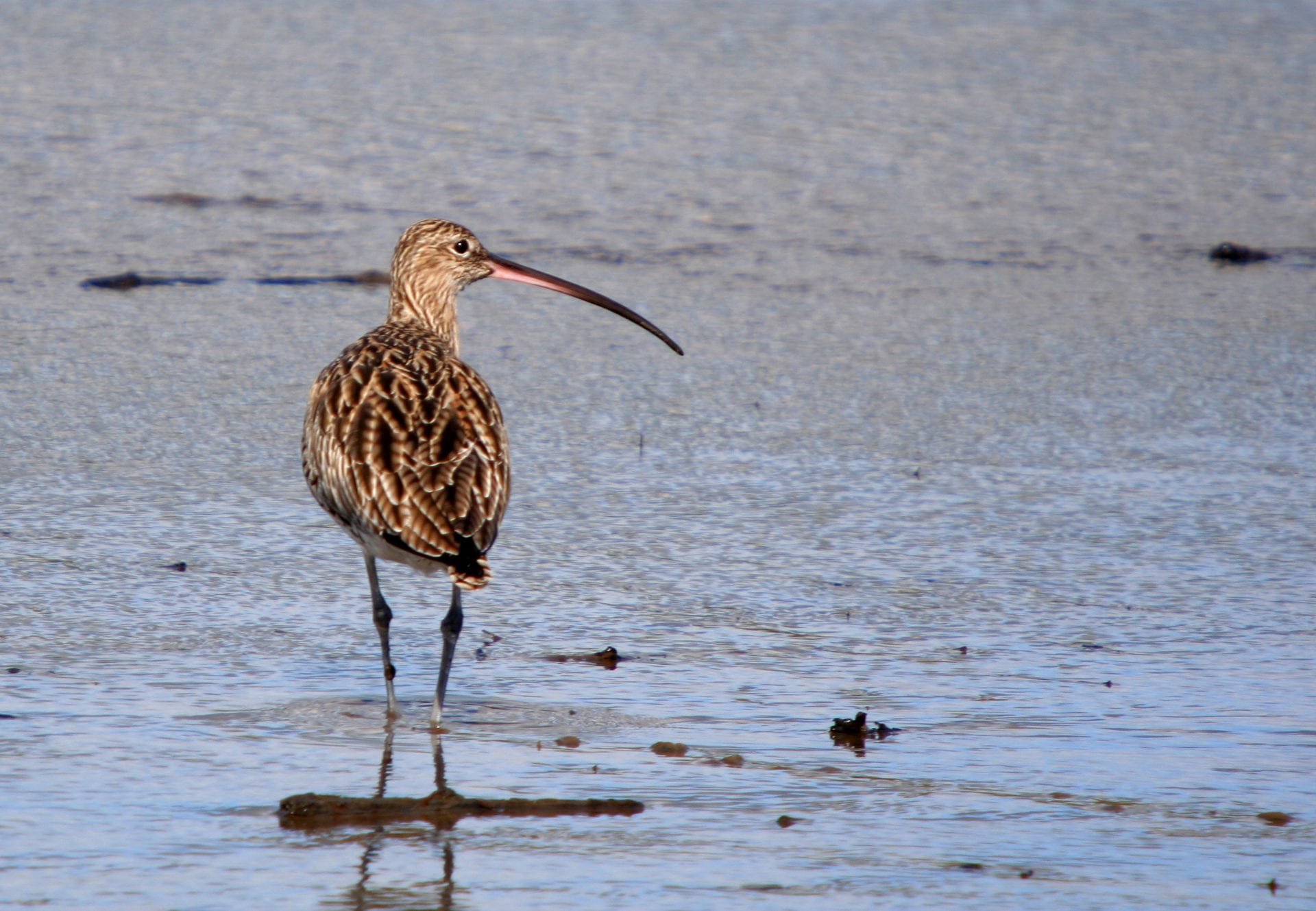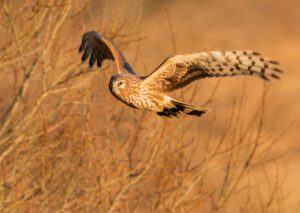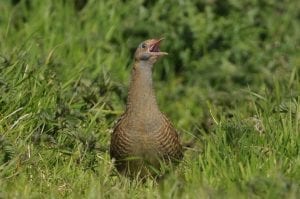By Rosalind Skillen
The eighth ‘Ireland: State of the Environment’ Report has been published by the EPA. It provides a comprehensive assessment of the Irish environment, examining key themes such as air quality, climate change, water quality, the marine environment, land use, biodiversity, and the circular economy. The report further examines how these environmental challenges are linked to human health and well-being, and the need for greater investment in infrastructure, a just transition, and systemic change to achieve a sustainable future for Ireland.
Nature
Nature, wildlife, and how they relate to our society, sense of place and health, are recurrent themes in the report. Chapter 7 looks specifically at the crucial roles of nature and biodiversity in Ireland, detailing how the environment provides vital ecosystem services for humans, including clean air and water, food, raw materials and recreational opportunities.
The chapter underscores the alarming rate of biodiversity loss occurring globally and nationally, with estimates suggesting that up to a million species are facing extinction. Ireland falls below the EU average in terms of habitats in ‘good’ conservation status. Many of the few remaining natural and semi-natural habitats are in a poor or bad state. 85% of our protected habitats and almost one-third of our protected species of flora and fauna are in unfavourable status, over half our native plant species are in decline and more than 50 bird species are of high conservation concern.
Human activities are identified as the primary driver of this decline, with a staggering 83% reduction in wild animal populations since the beginning of civilization. This loss of nature and biodiversity is so severe that it could signal a sixth global mass extinction event.
Birds
The work of BirdWatch Ireland and colleagues in the RSPB in Northern Ireland on the Birds of Conservation Concern in Ireland assessment (BoCCI) receives significant attention in the report as respected source of information on the status of regularly occurring birds in Ireland. The latest BoCCI report placed 26% of the 211 species assessed on the Red List, meaning that they are of high conservation concern. Particularly affected are breeding waders, and birds that use upland and farmland habitats. Further, some of the most iconic bird species, including the Curlew, Corncrake and Hen Harrier, are considered to be on the brink of extinction. There has been a 59% decline in the Hen Harrier population since 2000, and a 98% decline in the curlew population since the 1980s. The species has declined by a third in the ten years that it took government to prepare a ‘threat response plan’ for this magnificent bird of prey. The published plan is weak and of serious concern to BirdWatch Ireland.
The next State report to the European Commission on the assessment of the conservation status of protected birds (Article 12) in Ireland is due in 2025.
Hen Harrier. Photo: David Leckie.
Threats
Threats to nature, wild birds and biodiversity in Ireland include changes in land and sea use, direct exploitation of organisms, climate change, pollution, and invasive alien species. Agricultural intensification has had a significant impact on farmland birds through habitat loss and fragmentation and changes in practices. Water pollution is driven by increased nutrients making their way into waterways from agriculture, wastewater treatment plants, septic tanks and forestry, and result in changes to conditions for waterbirds and river birds. Afforestation is a significant threat to birds of open country like Hen Harrier, Curlew and more.
Ireland’s most recent formal NPWS report on the condition of our protected habitats and species outlined that 85% of our protected habitats were at unfavourable conservation status, almost half of which show ongoing declines, including marine, peatland, grassland and woodland habitats.
The over-exploitation of peatlands, in particular, is discussed in the SOER. Peatlands continue to be drained, overgrazed, and burnt for fuel, impacting biodiversity. The importance of protecting and restoring Ireland’s remaining peatlands is emphasized, recognizing their value for biodiversity, carbon storage, and flood mitigation.
When it comes to the marine environment, the over-exploitation of marine fish stocks as a significant driver of biodiversity loss. Declines in commercial fish stocks are linked to over-fishing and the impact of climate change on biodiversity is also discussed. Rising temperatures and changes in precipitation patterns can affect species distribution and habitat suitability, leading to shifts in populations and potential extinctions.
Urgent action needed
The declaration of a national biodiversity emergency in Ireland by Dail Éireann in 2019 was a pivotal moment, leading to the establishment of national Citizens’ Assembly on Biodiversity Loss. However, while the policy landscape has evolved since the declaration of a biodiversity emergency in Ireland, the EPA report makes clear there remains an urgent need for tangible action and evidence-based results to address the challenges facing biodiversity in Ireland. For instance, measuring and assessing the state of biodiversity using appropriate indicators would help to evaluate the effectiveness of conservation efforts and to inform policy decisions. The EPA does outline the positive actions that are happening but there is a real need for scaled up action and investment in the delivery of further actions. Ireland’s Nature Restoration Plan will be very significant in this regard as it sets out to restore 20% of land and sea by 2030 and all habitats by 2050 which is very ambitious.
Corncrake. Photo: Colum Clarke.
In conclusion
Overall, the EPA State of the Environment report paints a stark picture of the state of nature and biodiversity in Ireland, highlighting the significant threats they face and the urgent need for effective conservation and restoration efforts. While some positive signs are acknowledged, a ‘business-as-usual’ approach is not sustainable and will lead to further decline. The progress made over the past four years will need turbocharged if we are to make good of Ireland’s environmental goals and its commitments to international agreements. Ireland’s Nature Restoration Plan will be very significant in this regard as it sets out to restore 20% of land and sea by 2030 and all habitats by 2050 which is very ambitious and needs to be matched by significant investment and communication of the benefits to all of society.




